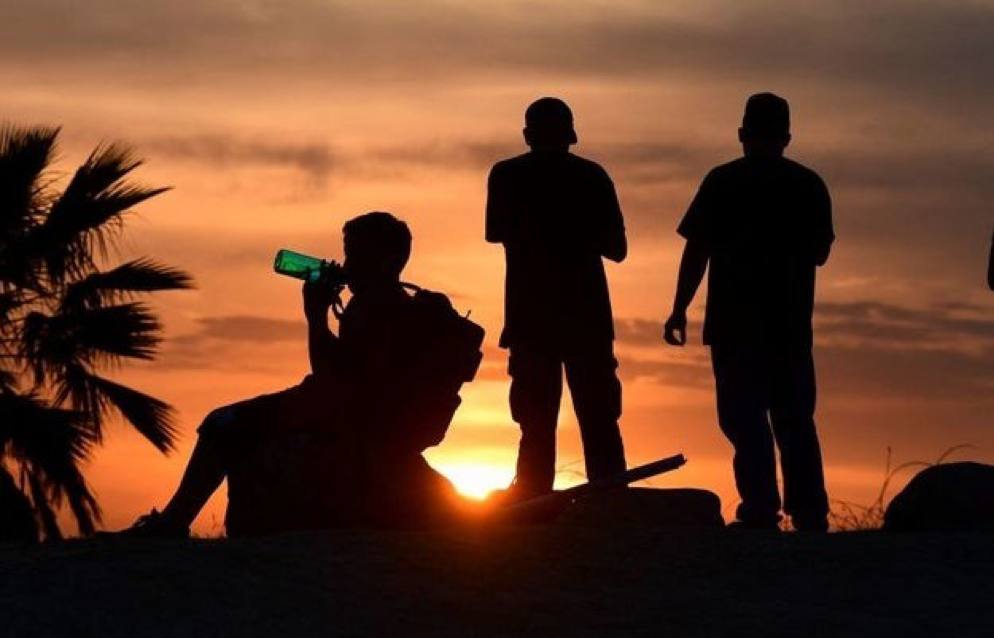Extreme heat has killed more than 11,000 people across the US since 1979, and heat waves are only getting worse.
A brutal heat wave is forecasted to hit the Pacific Northwest and Northern California this weekend, expected to break temperature records and even hospitalize or kill people.
The heat wave comes as a dramatic drought grips the West, exacerbating the area’s already high fire risk. The National Weather Service has issued excessive heat watches and warnings for much of the region, starting Friday through Wednesday.
Temperatures may reach upwards of 109 degrees Fahrenheit in Portland, Oregon, near 103 degrees in Seattle, and get to a high of 114 further inland. “This heat wave is particularly dangerous because the overnight temperatures will be very warm,” said NWS meteorologist Julie Malingowski, who explained the heat stress compounds over time.
The unfortunate reality is that this corner of the country isn’t equipped to handle multiday, extreme heat. And against a backdrop of human-made climate change, heat waves are getting more intense, more common, and lasting longer in US cities than they were a few decades ago. That trend will only get worse with additional warming.
“This will be an *exceptionally dangerous* heatwave from a public health perspective, especially since this is a part of the country where structures are not designed to shed heat and where air conditioning is rare,” tweeted Daniel Swain, a climate scientist at the University of California, Los Angeles’ Institute of the Environment and Sustainability.
Heat waves pose an immense health threat. Extreme heat has killed more than 11,000 people across the US since 1979.
In Washington state, for example, more than 800 people were hospitalized due to heat stress between 2000 and 2018, and dozens of people have died, according to state data.
Everyone is susceptible to heat exhaustion and heatstroke if they aren’t careful, but some people are especially vulnerable. People whose bodies aren’t as good at regulating their internal body temperature — such as older adults, pregnant people, babies and kids, and people with certain illnesses or taking certain medicines — need to take extra precautions.
Others have a higher exposure to the heat because of their jobs, such as outdoor workers or some athletes, or because they don’t have easy, affordable access to air conditioning, such as families with low incomes or people without stable housing.
If confronted with extreme heat, according to NWS’s Malingowski, “the big thing is to take shelter in an air-conditioned building if possible.”
For those without easy or affordable access to air conditioning, public health officials recommend seeking out publicly designated spots for relief. For example, Seattle officials are directing citizens to air-conditioned libraries, as well as public pools, and spray parks. Oregon’s Multnomah County, home to the city of Portland, announced three cooling centers that will be open from Friday to at least Monday.
Ways to stay cool at home without air conditioning include staying hydrated, wearing light clothing, limiting time outdoors especially between 10 a.m. and 4 p.m. when ultraviolet rays are strongest, using electric fans and cool compresses or showers, keeping the shades down, avoiding hot foods and heavy meals, and sleeping close to the ground, according to federal and state heat guidelines.
UPDATE
This story has been updated to reflect Thursday’s weekend forecast.




